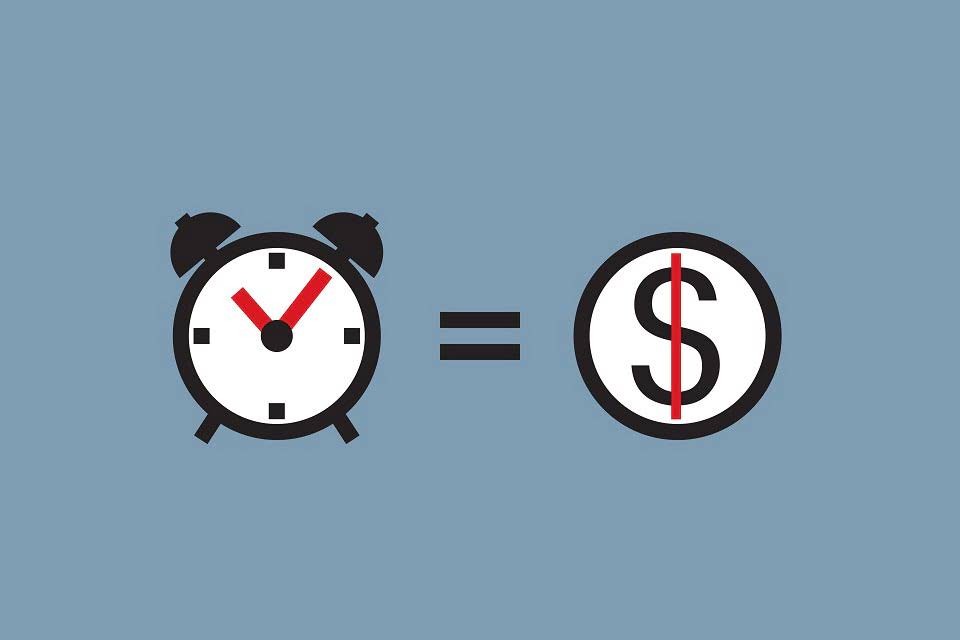
The secondentry closes expense accounts to the Income Summary account. In other words, the closing entry is a method of making repayments on all the costs https://www.bookstime.com/ incurred within a given financial year. To complete, this method involves transfer of funds from revenue-generating accounts such as wages payable and interest receivable to an intermediary account known as income summary. Therefore, we can calculate either profit margin for this company or how much it lost over the year.

HighRadius Named an IDC MarketScape Leader for the Second Time in a Row For AR
In such a situation, the income summary account is closed by debiting the retained earnings account and crediting the income summary account. The permanent account to which the balances of all temporary accounts are closed is the retained earnings account in the case of a company and the owner’s capital account in the case of a sole proprietorship. The purpose of closing entries is to prepare the temporary accounts for the next accounting period.

Step 2: Close Expense accounts
Business Consulting Company, which closes its accounts at the end of the year, provides you with the following adjusted trial balance as of December 31, 2015. Adjusting entries are used to modify accounts so that they’re in compliance with the accrual concept of recording income and expenses. From the Deskera “Financial Year Closing” closing entries tab, you can easily choose the duration of your accounting closing period and the type of permanent account you’ll be closing your books to. We at Deskera offer the best accounting software for small businesses today.
Movement on the Retained Earnings Account

Temporary accounts include all revenue and expense accounts, and also withdrawal accounts of owner/s in the case of sole proprietorships and partnerships (dividends for corporations). On the balance sheet side, closing entries move everything into retained earnings, which is a permanent account. Then, you do the same for expenses, but in reverse—debit the income summary for $60,000 and credit the expense accounts to zero them out. If there is a net loss, the income summary account is also closed, with the income summary account being credited and the capital account being debited. The closing entries are then posted to the ledger accounts by the company. Companies usually Accounting Periods and Methods create closing entries directly from the ledger’s adjusted balances.
- Temporary accounts are closed or zero-ed out so that their balances don’t get mixed up with those of the next year.
- Although it is not an income statement account, the dividend account is also a temporary account and needs a closing journal entry to zero the balance for the next accounting period.
- The year-end closing is the process of closing the books for the year.
- A closing entry is a journal entry that is made at the end of an accounting period to transfer balances from a temporary account to a permanent account.
- It automates much of the reconciliation work, ensuring you catch discrepancies early and keep your accounts aligned.
- The above entry increases the balance of retained earnings account.
- Companies usually create closing entries directly from the ledger’s adjusted balances.
Record to Report
- The accounting cycle involves several steps to manage and report financial data, starting with recording transactions and ending with preparing financial statements.
- The month-end close is when a business collects financial accounting information.
- By doing this, you can easily see how much profit was retained in the company and how much went out to shareholders, making financial reports much clearer.
- Learn how to effectively record closing entries and understand their role in preparing accurate financial statements.
- The Retained Earnings account balanceis currently a credit of $4,665.
- Well, if you don’t close these accounts, you’ll mix up this year’s sales and expenses with next year’s.
- The purpose of the income summary is to show the net income (revenue less expenses) of the business in more detail before it becomes part of the retained earnings account balance.
The above entry increases the balance of retained earnings account. You can close your books, manage your accounting cycle, issue invoices, pay back vendor bills, and so much more, from any device with an internet connection, just by downloading the Deskera mobile app. Well, dividends are not part of the income statement because they are not considered an operating expense.
- This resets your revenue account to zero, allowing you to start fresh for the next year.
- Both closing entries are acceptable and both result in the same outcome.
- Start by debiting each revenue account for its total balance, effectively reducing the balance to zero.
- Other accounting software, such as Oracle’s PeopleSoft™, post closing entries to a special accounting period that keeps them separate from all of the other entries.
- In a sole proprietorship, a drawing account is maintained to record all withdrawals made by the owner.
- A net loss would decrease owner’s capital, so we would do the opposite in this journal entry by debiting the capital account and crediting Income Summary.
